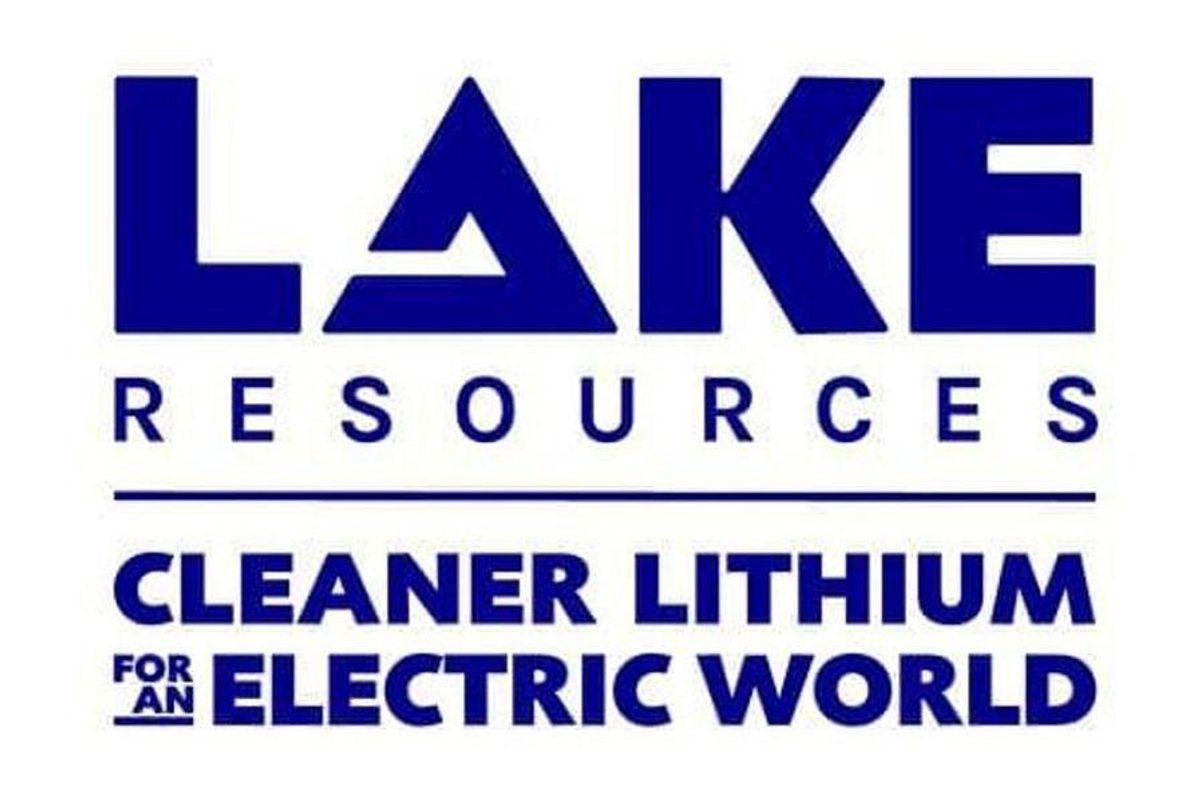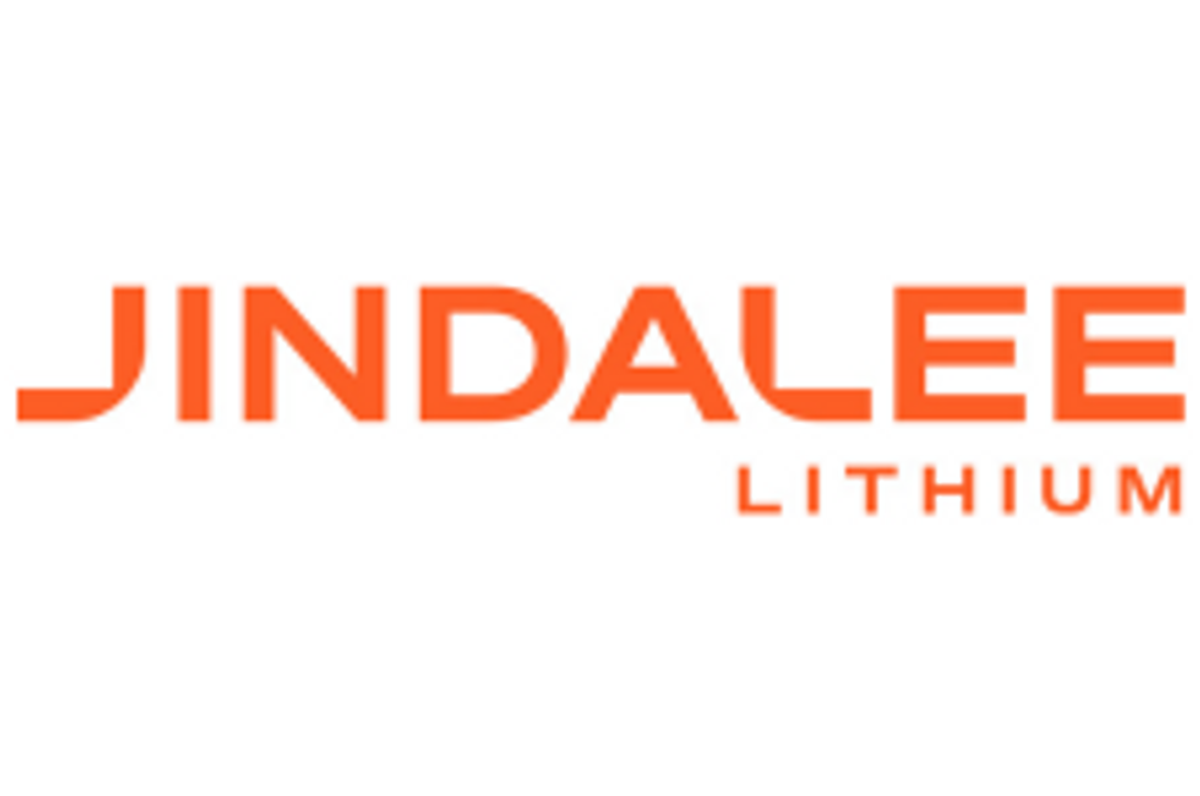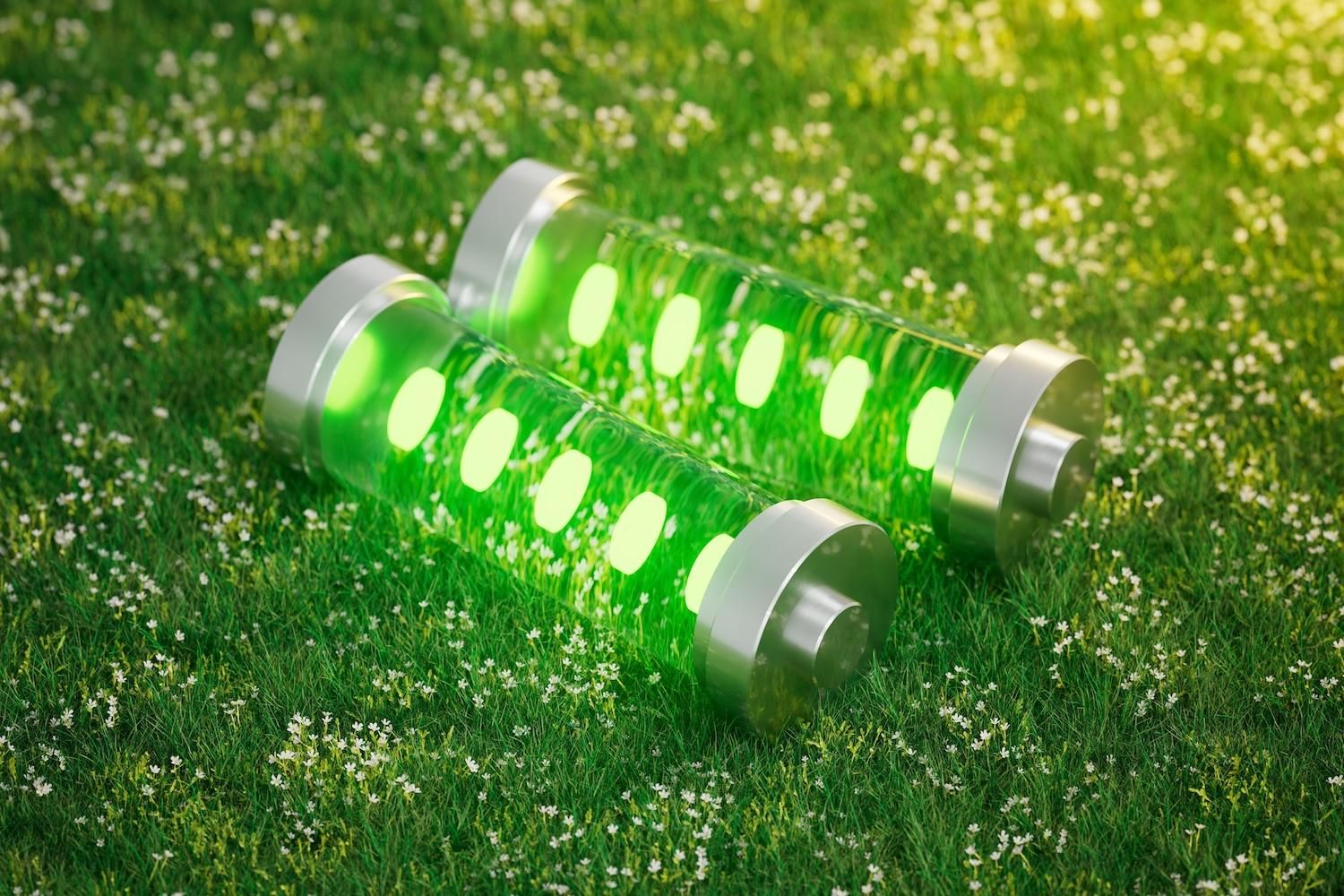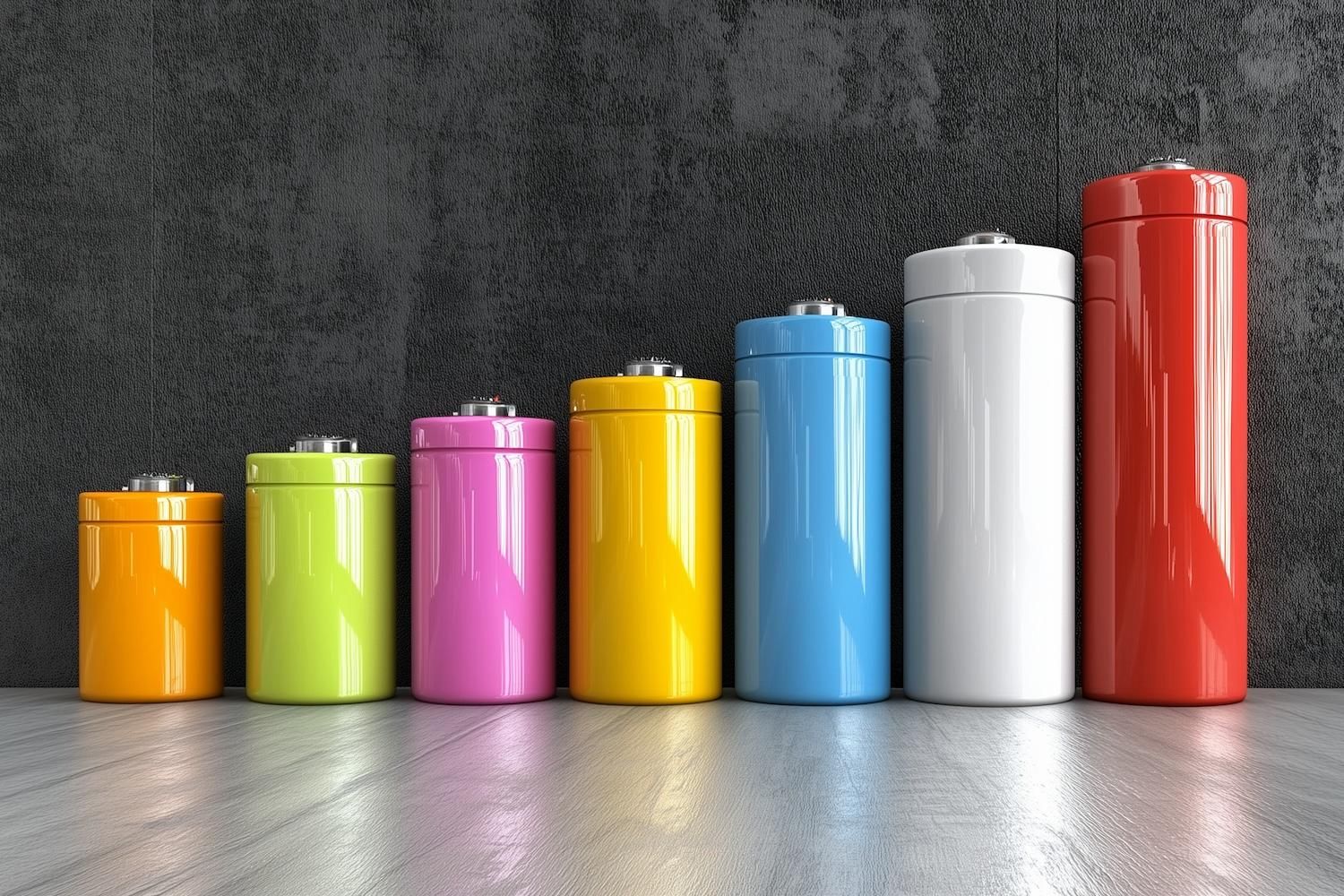
February 14, 2022
Clean lithium developer Lake Resources NL (ASX:LKE) (FRA:LK1) (OTCMKTS:LLKKF) is bringing forward a US$15 million program across its three 100-percent owned projects – Olaroz, Cauchari and Paso – for drilling and brine testing to fasttrack these projects into feasibility studies in the TARGET 100 Program.
Lake has initiated an expansion and integration strategy to fast-track its portfolio of assets in Argentina to deliver the TARGET 100 Program – being the aspirational goal to produce annually 100,000 tonnes of high purity lithium to market by 2030.
A separate exploration and testing team dedicated to rapid development across Lake’s three other brine projects in Argentina will be utilising the comprehensive data set developed during the Kachi project’s direct extraction processing test work.
The drilling program has started with the first rotary well of a 4000m 10-hole program, in the northern areas of the Olaroz leases, which cover a 30km long area on the eastern side of established lithium producers. These projects are located in Jujuy province, in the north-west of Argentina, close to the Allkem (Orocobre) Olaroz operation and the Lithium Americas – Ganfeng JV Cauchari project.
The drill wells are designed to quickly quantify brines identified, develop the aquifers, and conduct pumping tests and provide data for initial feasibility studies. Rotary wells will be followed later by diamond holes.
Brines will be sampled and tested with environmentally friendly direct lithium extraction method, similar to previous work conducted on Kachi project lithium brines.
“Direct lithium extraction, to be used on Lake’s multiple lithium projects, can deliver scalable projects faster to market and supply rapidly increasing demand”, Lake’s Managing Director, Mr Steve Promnitz, said.
Lake’s Chairman, Mr Stu Crow, said that discussions with potential partners to assist the fast-tracking of these assets into production is underway as part of Lake’s ongoing discussions with battery metals customers and Lake’s desire to become an integrated and valuable part of the global supply chains.
Mr Crow also said the four reasons in making the formal decision to expand the Kachi project has also given the company confidence to fast-track expansion and integration of Lake’s other assets in Argentina:
1. the increasing demand by prospective offtake partners for a secure supply chain of environmentally friendly high purity lithium carbonate;
2. the indicative support to fund new projects by Export Credit Agencies and the international bank panel. The UK and Canada Export Credit Agencies have already indicated a willingness to project debt finance around 70 percent of the Kachi project’s capital requirements (ASX announcement 11 Aug 2021);
3. the supportive investment policies of the Argentine Government who have announced a process to lower export taxes as part of the Strategic Plan for Mining Development;
4. the confidence of technology partner Lilac Solutions that its modular direct lithium extraction technology is scalable and cost effective.
“This, combined with increasing customer and consumer scrutiny around the environmental credentials of lithium production; and concerns about security of supply has given us the confidence to fast-track these developments,” Mr Crow said.
*To view tables and figures, please visit:
https://abnnewswire.net/lnk/13B49H0D
About Lake Resources NL:
Lake Resources NL (ASX:LKE) (OTCMKTS:LLKKF) is a clean lithium developer utilising clean, direct extraction technology for the development of sustainable, high purity lithium from its flagship Kachi Project, as well as three other lithium brine projects in Argentina. The projects are in a prime location within the Lithium Triangle, where 40% of the world’s lithium is produced at the lowest cost.
This method will enable Lake Resources to be an efficient, responsibly-sourced, environmentally friendly and cost competitive supplier of high-purity lithium, which is readily scalable, and in demand from Tier 1 electric vehicle makers and battery makers.
Source:
Lake Resources NL
Contact:
Steve Promnitz
Managing Director
T: +61-2-9188-7864
steve@lakeresources.com.au
For media queries, please contact:
Nigel Kassulke at Teneo
M: +61-407-904-874
E: Nigel.Kassulke@teneo.com
News Provided by ABN Newswire via QuoteMedia
LLKF
The Conversation (0)
25 February 2021
Lake Resources
Focused on producing high-purity sustainable lithium at a low-cost.
Focused on producing high-purity sustainable lithium at a low-cost. Keep Reading...
08 December
Trading Halt
Jindalee Lithium (JLL:AU) has announced Trading HaltDownload the PDF here. Keep Reading...
05 December
Livium Receives A$663k in RsD Tax Incentive Rebates for VSPC
Livium Ltd (ASX: LIT) (“Livium” or the “Company”) advises that it has received A$663,000 in research and development ("R&D") tax incentive rebates from the Australian Tax Office for the 2025 financial year ("FY25"), relating to its wholly owned subsidiary VSPC Pty Limited ("VSPC"). The rebate... Keep Reading...
01 December
Why SQM Says Social Dialogue is Key to Sustainable Lithium
As scrutiny continues to intensify across the battery metals supply chain, the conversation around sustainability has moved far beyond carbon footprints. At this year’s Benchmark Week, Stefan Debruyne, director of external affairs at Sociedad Quimica y Minera de Chile (SQM) (NYSE:SQM), made that... Keep Reading...
27 November
Battery Storage Market Surging as Electricity Demand Enters New Era
Speaking at Benchmark Week, Iola Hughes, head of battery research at Benchmark Mineral Intelligence, outlined a market that is undergoing “very strong growth" and becoming indispensable to energy security.Hughes described energy storage as the fastest-growing segment in the battery sector today.... Keep Reading...
27 November
Inside Billionaire Gina Rinehart's Key Mining Investments
Australian billionaire Gina Rinehart has become a formidable force in the global mining industry. After taking the helm of her father’s iron ore firm Hancock Prospecting in 1993, she embarked upon a diversification strategy that has vastly expanded her resource empire. Now Australia’s richest... Keep Reading...
26 November
Long State Funding Update
Atlantic Lithium (A11:AU) has announced Long State Funding UpdateDownload the PDF here. Keep Reading...
Latest News
Latest Press Releases
Related News
TOP STOCKS
American Battery4.030.24
Aion Therapeutic0.10-0.01
Cybin Corp2.140.00





